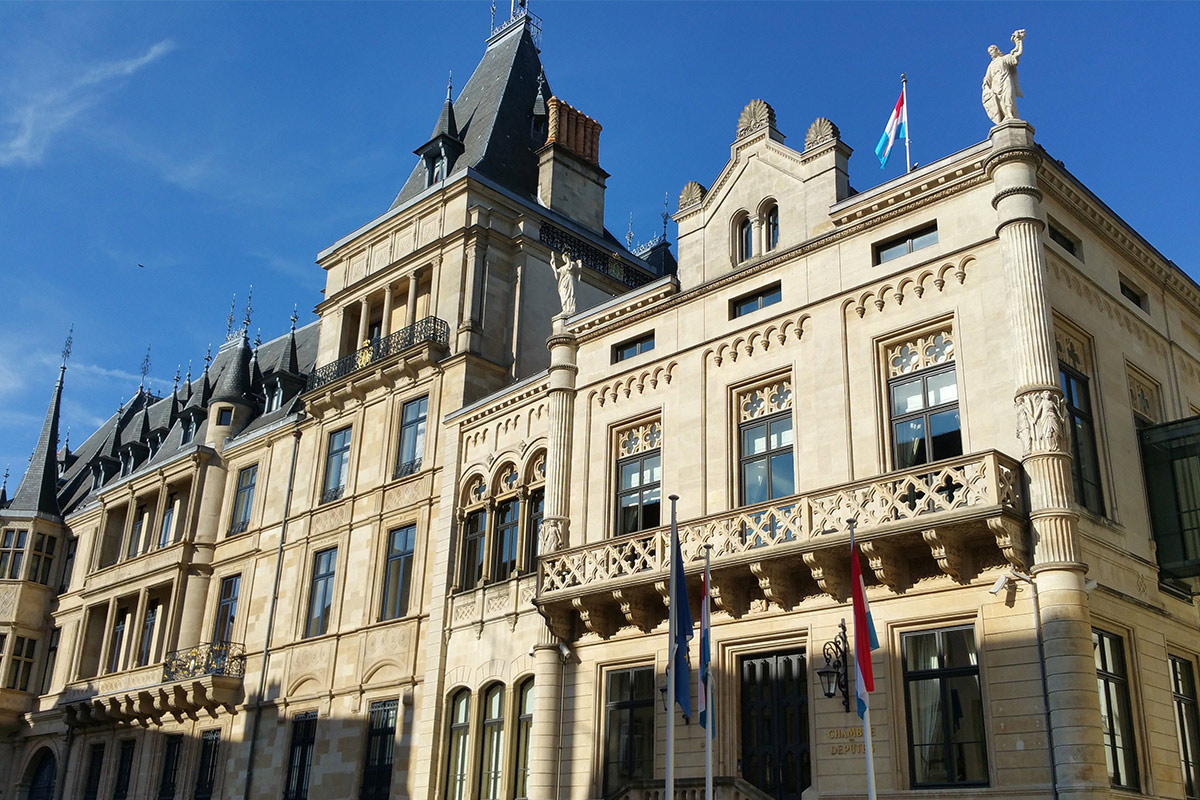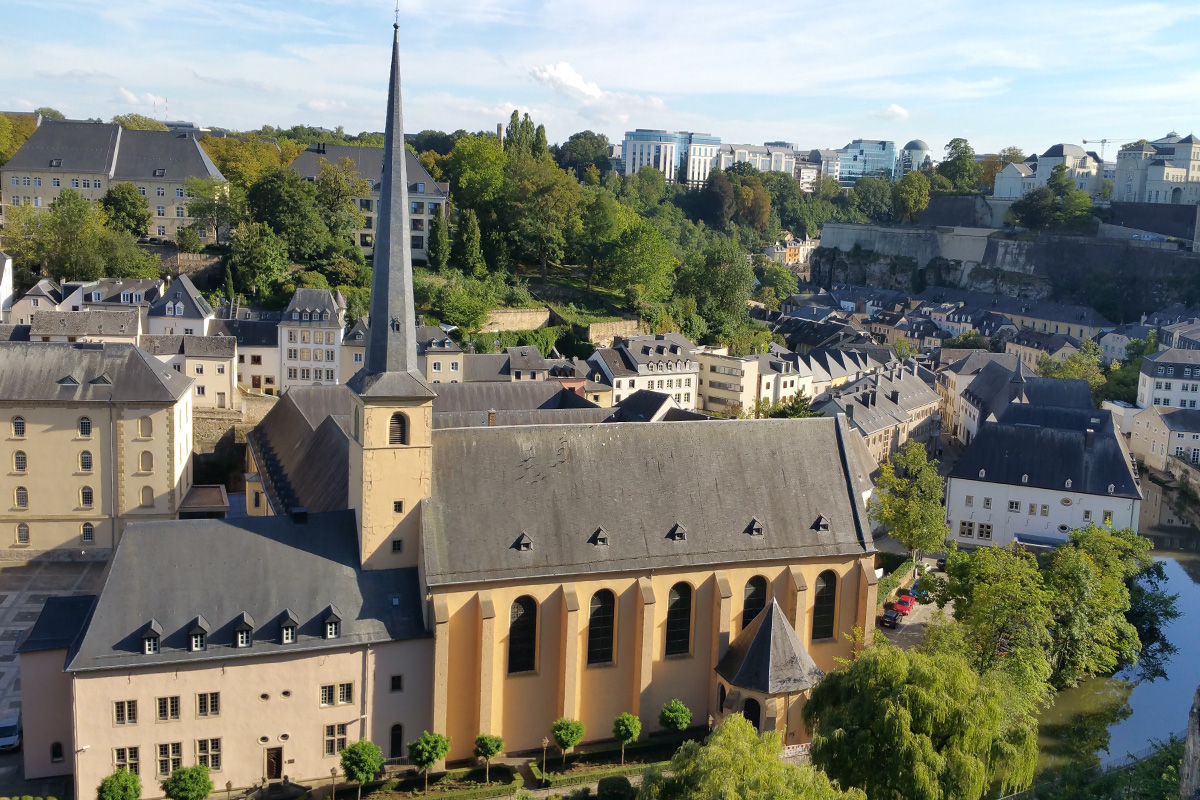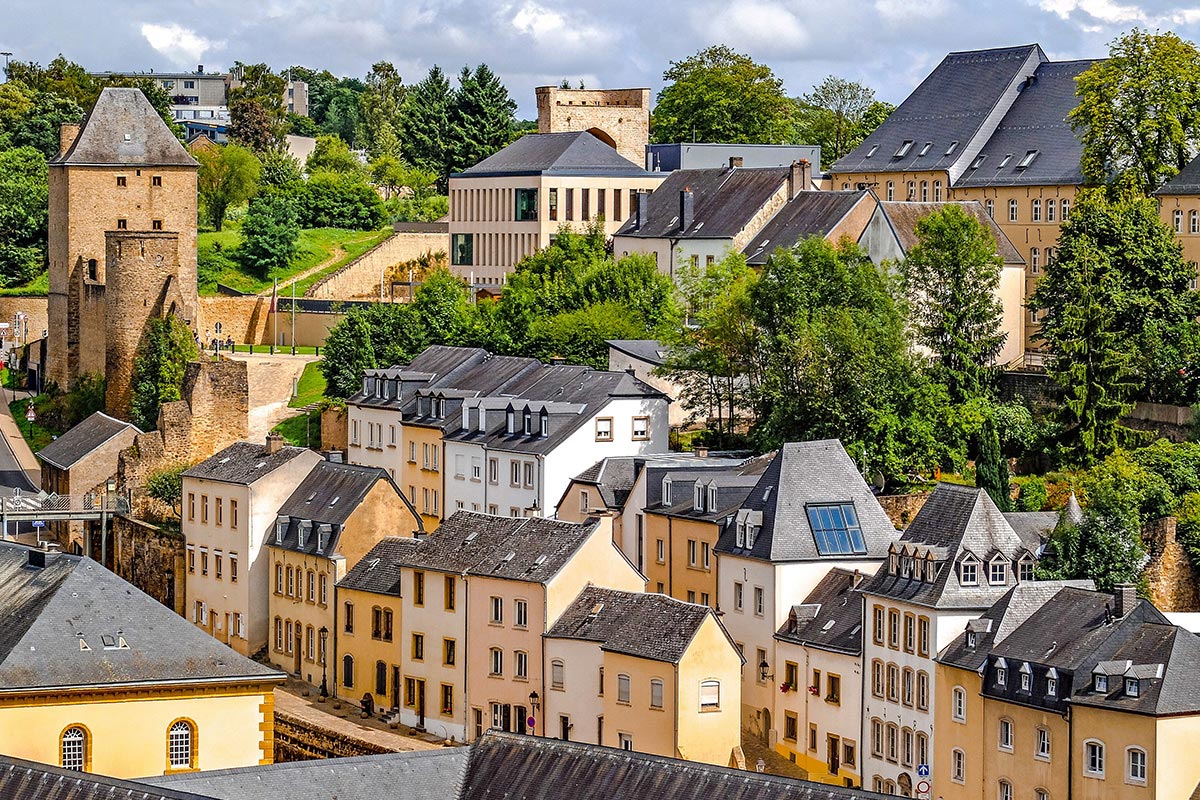
- Updated: 31.05.2024
History of Luxembourg
The history of Luxembourg is a fascinating tale of resilience, sovereignty struggles, and economic growth. Nestled in the heart of Western Europe, Luxembourg's origins trace back to ancient times. The strategic location of its rocky cliffs made it a desirable site for fortresses and settlements.
In the early medieval period, Luxembourg was a fortress built by the Franks. Over time, it evolved into a county and gained autonomy under the rule of the House of Luxembourg. In the 14th century, the House of Luxembourg produced several Holy Roman Emperors, significantly influencing the region's political landscape. However, the fortunes of Luxembourg took a turn during the 15th century when it fell under the rule of Burgundy, then the Habsburgs, experiencing a series of conflicts and changes in leadership. This period marked a struggle for independence, as Luxembourg was often caught in the midst of larger power struggles in Europe.
In the 17th and 18th centuries, the territory experienced a period of growth and prosperity under the House of Orange-Nassau. The arts and culture flourished, contributing to the rich heritage of the region. However, this prosperity was marred by the repercussions of various European conflicts, including the Napoleonic Wars and the Congress of Vienna.
The 19th century brought significant changes to Luxembourg's status. After the Congress of Vienna, Luxembourg was established as a Grand Duchy under the rule of the Dutch king. However, in 1839, the Treaty of London granted Luxembourg partial independence and recognized it as a neutral territory.
During the 20th century, Luxembourg faced the challenges of two world wars. After World War II, Luxembourg played a key role in the formation of the European Union, being one of the founding members. This association with the EU has been integral to Luxembourg's modern identity and economy.
Today, Luxembourg stands as a testament to economic prosperity, renowned for its strong financial sector, low unemployment rates, and high standard of living. Its capital, Luxembourg City, is a UNESCO World Heritage site, boasting a blend of historic charm and modernity. The country is celebrated for its multiculturalism, with a diverse population and a rich tapestry of languages and traditions. The government operates as a constitutional monarchy with a parliamentary democracy, providing stability and continuity in governance.
→ Paris in a Week: Practical Itinerary
Day trip to Luxembourg from Paris - Everything You Should Know
A day trip from Paris to Luxembourg is definitely possible, but it'll be a long day given the distance between the two cities. Luxembourg City is approximately 370 kilometers/230 miles away from Paris, which is a considerable distance for a day trip, especially considering travel time. By train, the journey can take around 2.5 to 3 hours one way, so that's about 5-6 hours of travel time alone. If you're looking to travel by car, it could take around 4 to 4.5 hours one way.
If you are reading this and are determined to make this journey, consider an early start to maximize your time in Luxembourg City, Have a clear plan and prioritize the attractions you want to see to make the most of your limited time. Have a clear plan and prioritize the attractions you want to see to make the most of your limited time. This is truly one of the most interesting day trips from Paris, here are ther tips to make the most of your day:
Church

Early Morning
• from Paris
• Catch an early morning train from Paris to Luxembourg City. Trains usually depart from Gare de l'Est in 1oth arr. or Gare de Lyon in 12 arr.
Mid-Morning
• Explore Luxembourg City - upon arrival, start your exploration. Visit the Old Town (UNESCO World Heritage Site), the Grand Ducal Palace, Adolphe Bridge, and the Casemates du Bock for panoramic views of the city.
• Enjoy Local Cuisine - take some time to savor Luxembourgish cuisine. Place d'Armes or Rue des Capucins offers various cafes and restaurants for a quick meal, please check below the list of the best restaurants.
Eglise Saint-Jean-du-Grund

Afternoon
• Museum or Park Visit - depending on your interests, visit a museum like the National Museum of History and Art or spend relaxing time in a park like Parc Municipal, which offers beautiful landscapes.
Buy tickets online directly on official website: National Museum of History and Art tickets.
• Shopping or Strolling - if time permits, stroll around the city center, perhaps indulging in some shopping or visiting local markets.
Return to Paris
• Head Back to Paris - catch an evening train back to Paris, Ensure you have a round-trip train ticket booked in advance to avoid any last-minute hassle.
Remember, a day-trip can be quite rushed, so you might not be able to see everything. Focus on the highlights and immerse yourself in the essence of the city during the limited time you have.
If you decide to stay in Luxembourg, below you can see the list of the best hotels.
→ 10 Days in France, Best Itinerary
Best Hotels in Luxembourg
Best Restaurants in central Luxembourg
• Restaurant Clairefontaine - this Michelin-starred restaurant serves French cuisine with a modern twist, offering an elegant atmosphere and exceptional service.
9 Pl. de Clairefontaine, Google Map
• Um Plateau - a fantastic spot for traditional Luxembourgish cuisine, offering hearty dishes in a cozy, rustic atmosphere.
6 Plt Altmuenster, Google Map
• Chiggeri - popular for its cozy atmosphere and diverse menu, Chiggeri offers international cuisine, including French and Italian dishes.
15 Rue du N, Google Map
• Brasserie Guillaume - a lively brasserie known for its classic Luxembourgish and French dishes in a stylish setting.
12 Pl. Guillaume II, Google Map
• Chocolate House Nathalie Bonn - perfect for dessert lovers, this spot offers a delightful selection of chocolate-based treats and beverages.
20 Rue du Marché-aux-Herbes, Google Map
Luxembourg's Architecture
